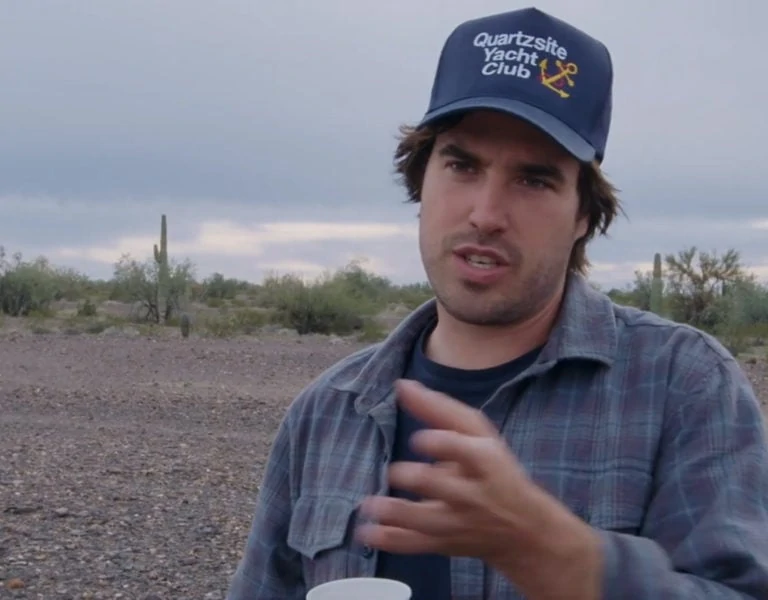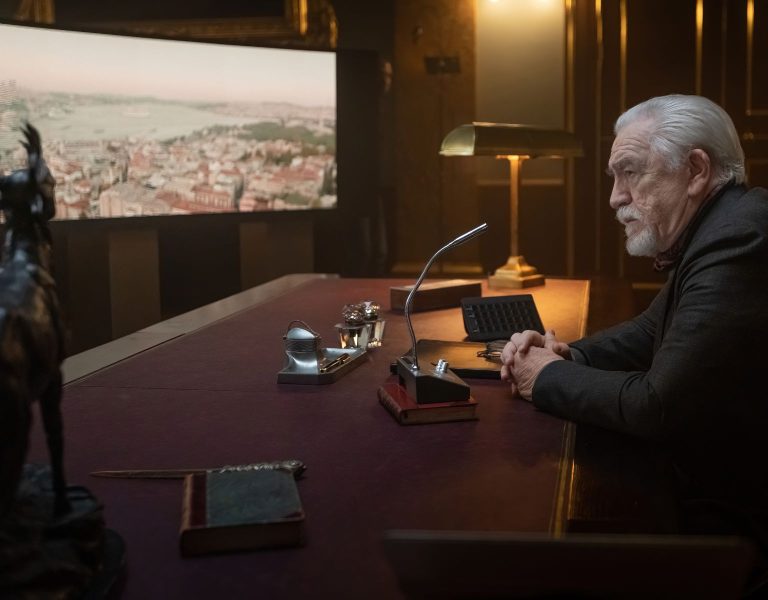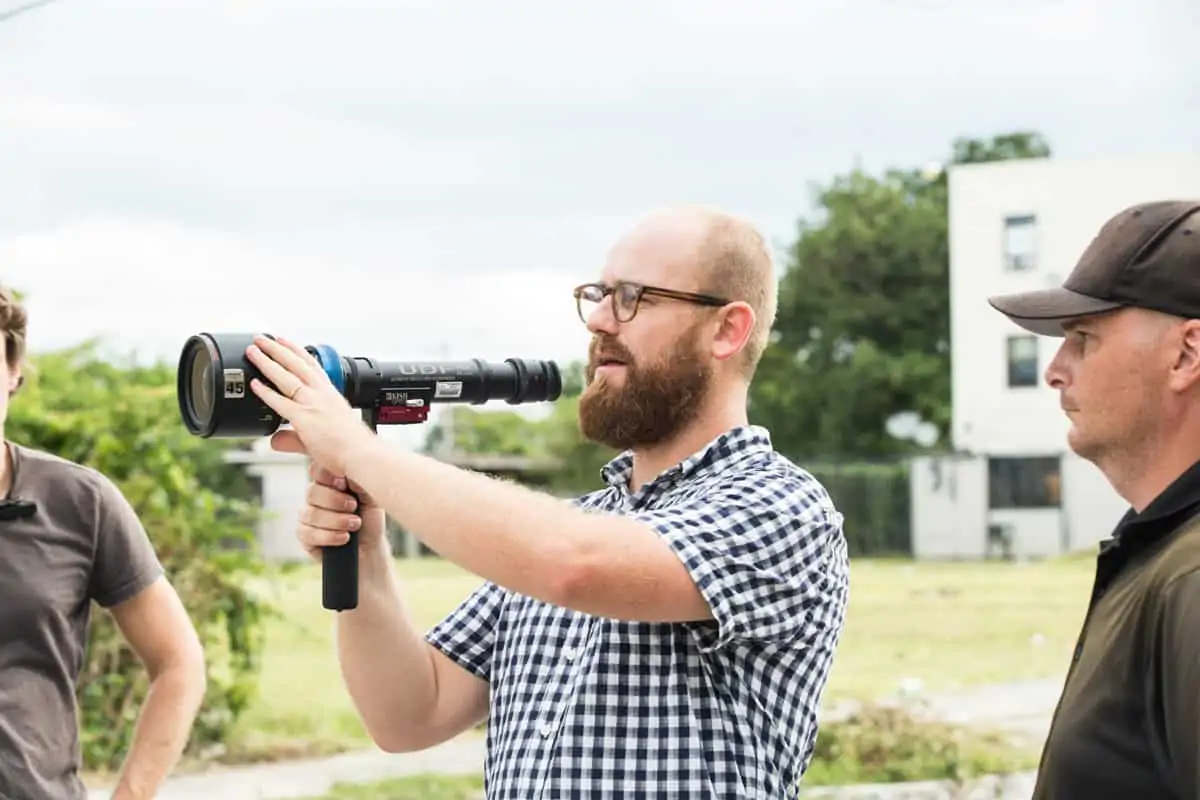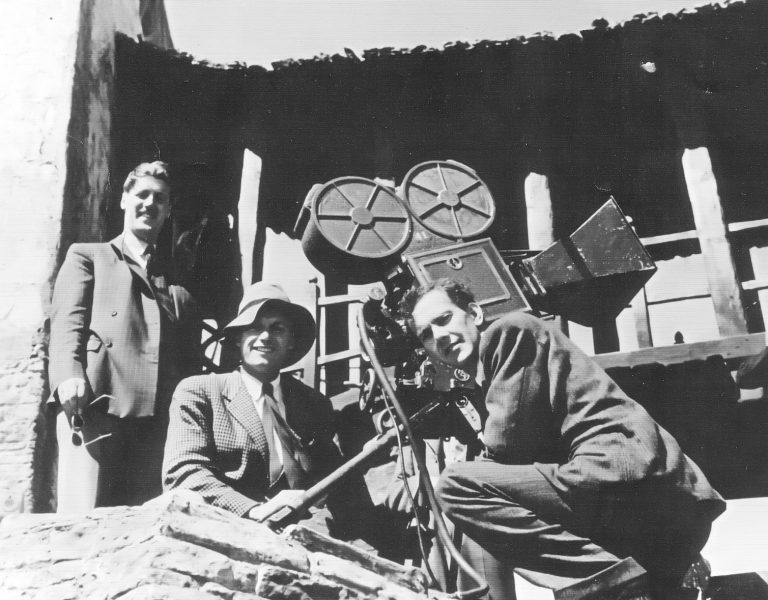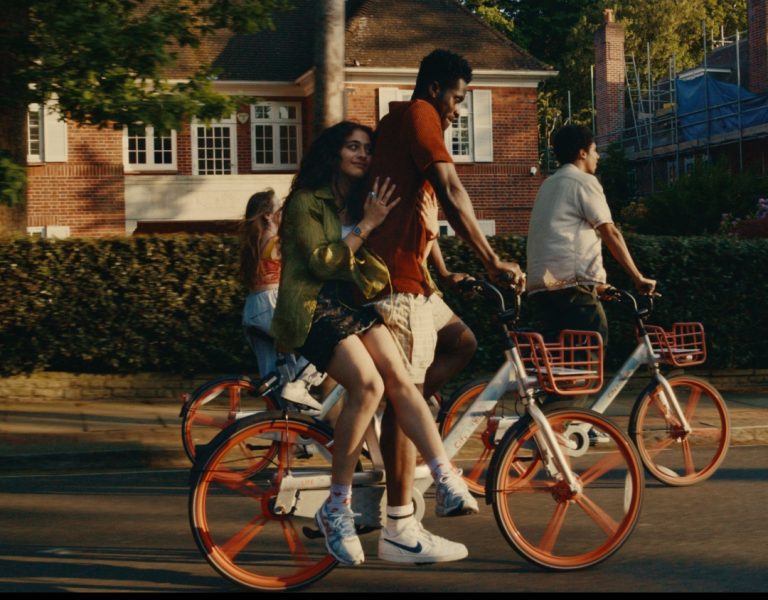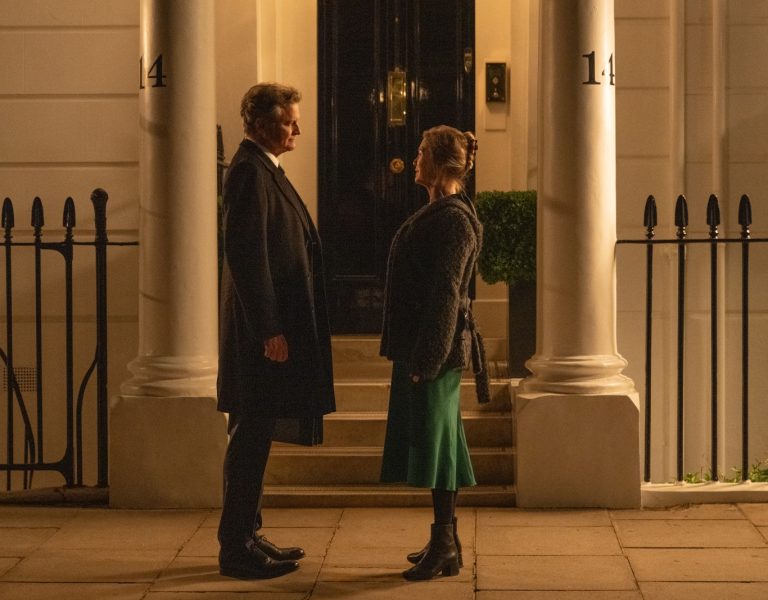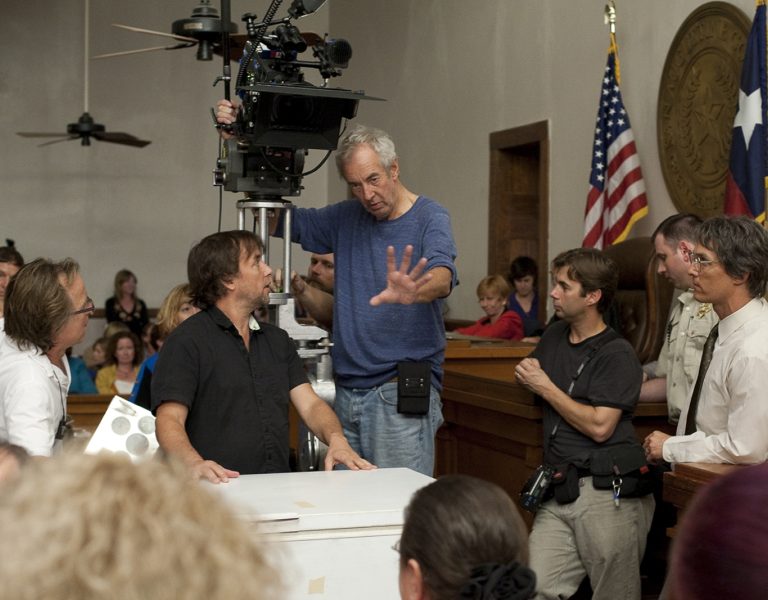ART WORKS
Jake Andrew’s innovative artistry is spotlighted in the documentary A Perceptual Phenomenon, which earned James Hubbard, the director of photography, both the CVP & Canon Stories in Motion competition’s overall prize and best documentary award.
The word unique is often overused and wrongly used, especially when describing artists. However, if Jake Andrews—a multidisciplinary artist and experimental musician renowned for his exploration of synaesthesia—doesn’t fully fit this description, he comes very close. At the very least, his talent is rare. Blending physical and digital art, his work highlights the profound relationship between colour and sound. Rooted in his musical background, his experiential art invites viewers into altered sensory states.
This innovative approach is showcased in the documentary A Perceptual Phenomenon by Decimal Films, for which shooting director James Hubbard won best documentary as well as the grand prize at the CVP & Canon Stories in Motion awards.

From the heart
This short was a rather different proposition to what the creator has worked on in the past.
“It’s a pure passion project, says Hubbard. “I knew Jake anyway from the art community here in Norfolk and I said to him nobody’s going to pay me to make this, so how about we just do something together? It’s as simple as that. I saw it as a bit of a time filler before Christmas, and I wanted to a lot of my work, my paid work was getting a bit samey (corporate films, promo videos, social content etc) so I wanted something relatively doable in a short space of time.”
“I was very passionate about his art anyway and a lot of my work is based on art. I found Jake’s story interesting, so I thought it would be the perfect little exercise for me. “

Choosing kit
Hubbard opted to shoot with his Canon EOS C70 and he used an old Carl Zeiss Jena Flektogon 35mm F2.4 lens, as well as the Pancolar 50mm F1.8? with an M42 Mount adapter. “They are soft lenses and they do these subtle swirls in the edge of frame – I just like the character of them,” he says.
Living so close to somewhere as aesthetically pleasing as the Norfolk coast meant Hubbard wanted to maximise as much natural light as he could. However, it did use other forms of light, such as Astera Tubes and Prolycht FS-300 LEDs paired with the spotlight mount mount for the more abstract shots. “That was all in camera, so we used prisms to bounce light around and across,” he adds, “all complemented by a backlight and a top light.”

A blank canvas
Although it was agreed that the film would be shot in and around Norfolk as the artist would decide where and what he painted, they “built the narrative” as they went along.
“When we shot the interview, it was about an hour of him talking about his practice in general,” Hubbard continues. “We used that as a story to start with, cut that first and then filled in bits to make sense of what he was saying.”
Shooting took place on Waxham beach and in Andrew’s studio in Norwich. “For the slightly more abstract stuff we used Epic Studios, a rental house and facility that I use,” Hubbard adds. The project took five days over three weeks to complete.

“The biggest technical challenge was following how Jake interprets sound as colour,” he continues. “When he hears a sound that triggers something in his brain, his brain is saying that’s the shape, that’s the colour. Trying to recreate that visually was quite tough, so I worked with another a gaffer called Ben (Bailey). We work on all our projects together. And Ben had this idea that oh, we can kind of light it in this way and it can just be multi-coloured lighting going around and stuff like that. We can start playing with the prisms as we were kind of shooting, but trying to visually represent the story was hard.”
Like any film, a lot of content ends up – in old parlance – on the cutting room floor, so Hubbard harbours ambitions to revisit the film at a later date and make it as long as 20 minutes.
“When I saw this Canon competition come up and I thought oh, that’s good, it’s something to work toward,” he says. “That’s because the timeline was realistic and I thought this might fit within that category. It worked, but on reflection there are quite a lot of things that I want to do differently to the film. And I liked some of the shots and I want to make it a little bit longer as well like a more like a 20-minute kind of long form thing.”
James Hubbard won best documentary and the grand prize at the CVP & Canon Stories in Motion awards for A Perceptual Phenomenon.

